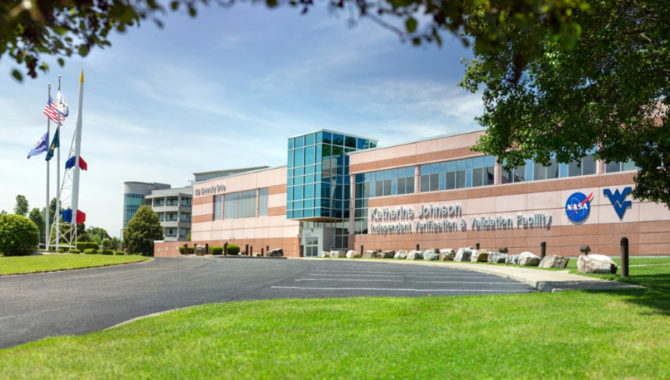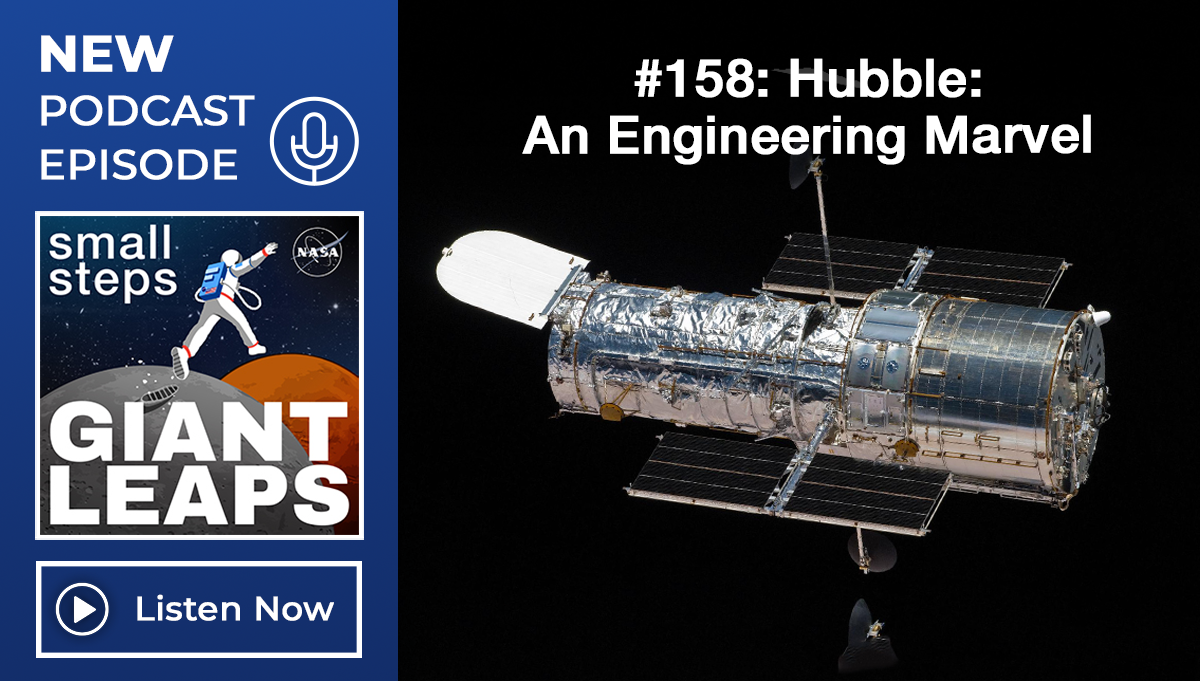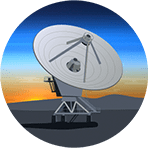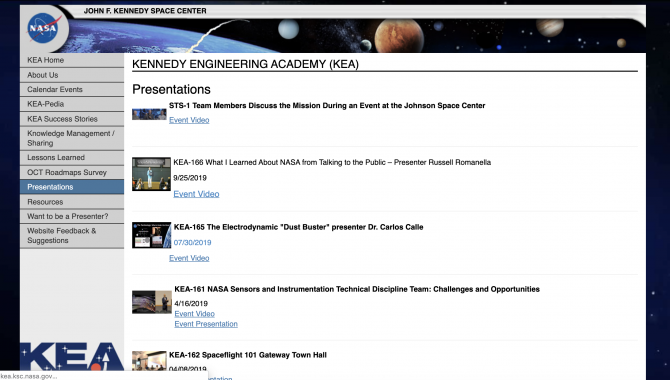
Weekly IV&V Tech Discussions are for NASA IV&V employees to share practical topics related to technical work (e.g. “how to use this tool,” “how to do this analysis,” “what we learned from our experiences on xyz”). The focus is topics that our analysis teams can use right now, or need to be made aware of, […]






